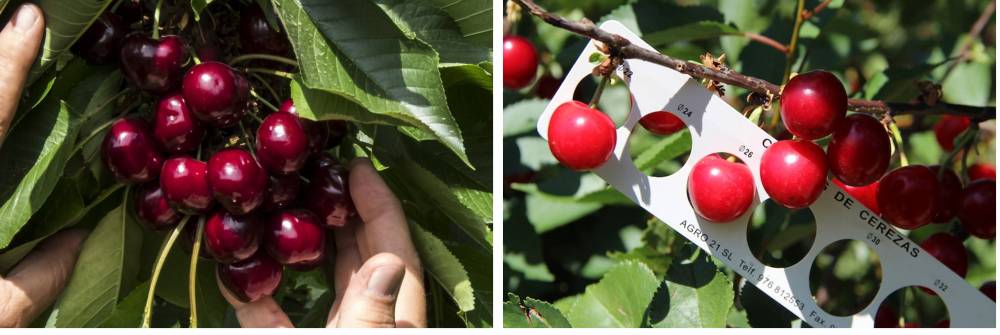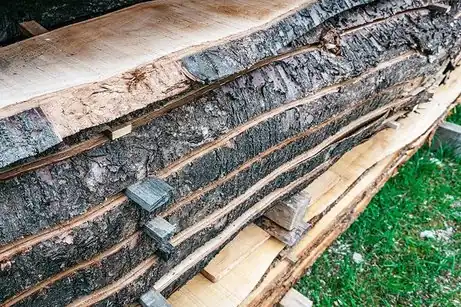At the 9th International Symposium on the Cherry Tree in Beijing (22-25 May 2023) there was much discussion on physiology and growth patterns in the cherry tree, both sweet and sour. This article reports a summary of the work presented by Melissa Venturi together with the working group of DISTAL - University of Bologna.
 Saretta and Rio Cerca
Saretta and Rio Cerca
Prunus cerasus is considered a marginal horticultural species due to its low cultivated areas. Nevertheless, in the last decades, this crop has assumed more relevance for its beneficial effects on human health. Europe accounts for roughly two-thirds of the world's total cultivable land area.
Russia, Turkey, Ukraine, and Serbia are the most important producing countries, and total global production in 2020 was around 1.5 million tonnes (FAOSTAT, 2022). Italy's production is relatively low but growing: 280 tonnes in 2021 and 1175 tonnes in 2022, representing a fourfold increase in a single year (ISTAT, 2022). Sour cherries have a higher level of acidity, a lower SSC/TA ratio, and a lower amount of simple sugars than sweet cherries.
Recent studies have highlighted its high bioactive content, particularly in phenols, as well as its consumption having a positive impact on human health. Despite the fact that many physiological studies have been conducted to investigate fruit growth behaviour in many species, no data on sour cherry physiology and fruit growth mechanisms are currently available. Regrettably, this reflects a general lack of physiological and agronomical data on this promising species.
The work presented at the 9th Cherry Symposium had the aim to present the results of the research done to understand the physiological behaviour of Prunus cerasus in comparson to the widely cultivated Prunus avium. The water relations, leaf gas exchanges, fruit and shoot growth of Prunus cerasus cv. "Rio Cerca" and Prunus avium cv. "Saretta" trees were measured along their growing season.
At harvest, fruit quality and yields of both species were determined. Results showed that during the day, leaf gas exchanges as well as stem and leaf water potentials of the two species were comparable. On the other hand, sour cherry had a tendency to show a lower fruit water potential in the afternoon. When compared to sweet cherry, sour cherry had slower growth rates for both its fruit and its shoots throughout the season; however, sour cherry had significantly higher yields and fruit dry matter contents when it came time to harvest.
The exceptionally high crop load that is typical of these trees was the cause of the significantly increased yields. The data on fruit dry matter content and total growth showed that sour cherry fruit can be considered a stronger sink when compared to sweet cherry fruit. This is because sour cherry fruit was able to attract towards themselves a total of approximately 40% more carbon than sweet cherry fruit.
However, leaf carbon assimilation was comparable between the two species. There is a possibility that the generally lower fruit water potentials, which enabled fruit to attract more water and dry matter, are responsible for the higher sink strength of sour cherry fruit in comparison to sweet cherry fruit; however, this hypothesis needs to be tested further before it can be accepted.
According to these findings, the productive efficiency of sour cherries is significantly higher than that of sweet cherries.
Melissa Venturi
University of Bologna (IT)
Cherry Times - All rights reserved












